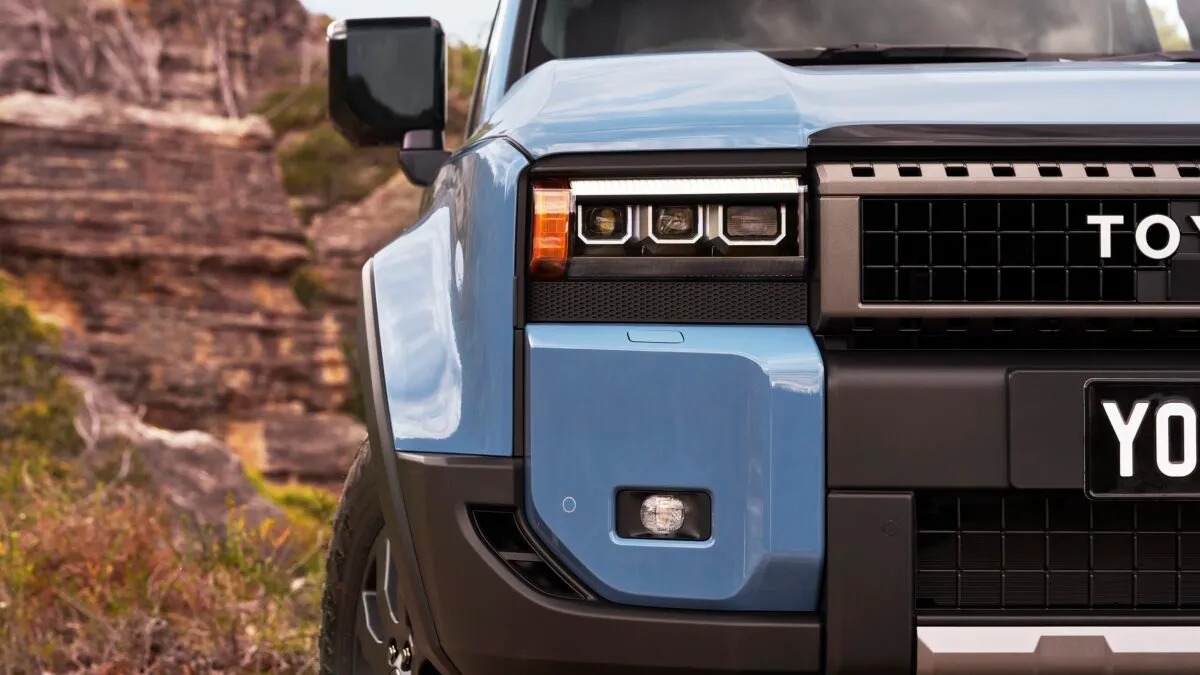Automakers have little incentive to design vehicles that are easy to repair, and as technology advances, cars have become increasingly difficult. A common question arises: if manufacturers built cars that any mechanic could fix with ease, would dealership service departments continue to generate profits?
Current import regulations prohibit bringing in passenger vehicles older than 15 years. This means that as of 2021, the oldest eligible car for import must have been manufactured in 2006.
Taxes on older models are particularly steep, with environmental levies making it financially smarter to import a newer vehicle.

Industry expectations suggest this restriction could soon be reduced to a 10-year limit and eventually align with Kenya’s eight-year rule. If these changes take effect, many people will end up holding onto their older vehicles for longer instead of upgrading to modern models.
Newer vehicles boast better fuel efficiency, enhanced comfort, and advanced safety features. They accelerate more quickly and come to a stop in less time. However, all these improvements bring a downside—maintaining and repairing them has become more challenging.
Also Read: How Car Manufacturers Lobby Against Stricter Emission Standards in the USA
Increased Problems in Modern Vehicles
While many mechanics have adapted by gaining experience, learning to use diagnostic tools, and leveraging online resources, working on newer cars is undeniably tougher than before.
Unlike older models, modern vehicles rely on decentralised electronic systems. Various sensors monitor one another, making it more difficult for mechanics without proper diagnostic tools to identify issues.
Advanced electronic systems, once exclusive to luxury brands, are now common across all vehicles, whether it’s a high-end Mercedes or a standard Toyota Corolla. Features such as adaptive cruise control, active steering assistance, smart braking systems, and seat warmers are now found in most modern cars.
Even seemingly simple maintenance tasks now require dealership intervention. For example, replacing a battery in a BMW is no longer as straightforward as removing the old one and installing a new one.
The vehicle’s computer must be recalibrated at the dealership to recognize the replacement. Some manufacturers have also moved away from traditional belt-driven mechanical water pumps, opting instead for electronic ones.
Even headlight replacements can be frustratingly complex. Some models require the removal of the entire bumper and headlight assembly before accessing the bulbs.
If the vehicle relies on specialty bulbs, costs can soar into the thousands. When electrical malfunctions arise, resolving them often requires referring to manufacturer wiring diagrams—something beyond the scope of many mechanics.
The Role of Diagnostic Tools
Unlike older cars, where repairs could often be made with basic tools, working on newer vehicles frequently begins with connecting an expensive diagnostic scanner to the OBD port. If a mechanic lacks the proper tools or expertise, they might not be able to fix the problem at all.
A real-world example comes from Gonzaga Mukasa in Najjera, who ran into issues with his BMW after his mechanic replaced the anti-theft module but lacked the necessary equipment to reset the engine control unit (ECU). Without the ability to flash the ECU, the repair remained incomplete.
Vehicles from the late 1990s and early 2000s had far fewer electronic components, making repairs much more accessible. While scan tools were still useful, they were far less sophisticated, and in many cases, a mechanic could diagnose and fix problems without them.
Why Have Manufacturers Made Cars Harder to Repair?
The move toward intricate systems and electronics raises a question: why have automakers consistently moved in this direction?
Competitive pressure within the automotive industry means manufacturers focus on what customers prioritize. Buyers tend to care more about features such as fuel economy, styling, interior comfort, and driver-assist technology rather than how easy a car is to fix.
While reliability remains a selling point—especially for brands like Toyota—repairability isn’t usually a major concern for most consumers. Because of this, vehicle servicing outside of dealership networks becomes a secondary consideration.
Some believe automakers intentionally make repairs more difficult to keep dealership service centers profitable. If cars were designed to be easily fixed by any mechanic, manufacturers would lose out on lucrative after-sales revenue.
Dealership repairs remain a major source of profit for automakers, and many owners have no choice but to bring their cars in for servicing due to the complexity of modern vehicles.
Differing Perspectives on Car Repairs
Donald Lule, a senior lecturer at the Nakawa Vocational Institute, has a different perspective. With formal training in Japan, he argues that modern cars are actually easier to diagnose and fix than older models—provided a mechanic has the right knowledge and tools.

“Our understanding of vehicle technology has advanced tremendously over the past decade. Cars are now built systematically, making them easier to take apart and work on,” he explained.
“Some say modern cars are harder to repair because everything is crammed together, but parts are actually designed to be removed more easily than before. A car can be assembled in a few hours, and a skilled technician can take one apart just as quickly.”
He acknowledges that while vehicles are not necessarily designed for easy servicing, they are built for efficient disassembly. Though accessing a particular component might require removing several parts, the entire repair process is still manageable for those with proper training.
Also Read: Massive Recalls, Are Car Manufacturers Cutting Corners on Safety?
The Growing Challenge for Average Mechanics
While Lule’s viewpoint holds weight, it comes from someone with extensive training and access to professional tools—something many independent mechanics lack.
Modern vehicles present challenges for those without specialized equipment, technical knowledge, and software expertise. Basic maintenance, such as changing spark plugs, replacing filters, changing oil, and swapping brake pads, remains relatively unchanged.
However, diagnosing and fixing deeper issues is no longer as straightforward as it once was. Interactions between multiple electronic modules add layers of complexity that make troubleshooting much more intricate.
With the right diagnostic tools, a willingness to learn, and the vast amount of online resources available today, an independent mechanic can still adapt to modern vehicle repairs. However, the industry is evolving in a way that makes it increasingly difficult for traditional mechanics to keep up.

